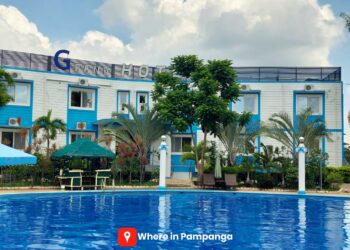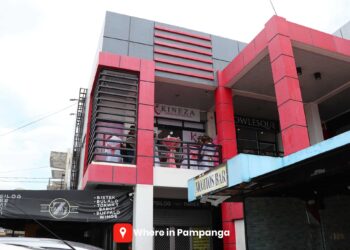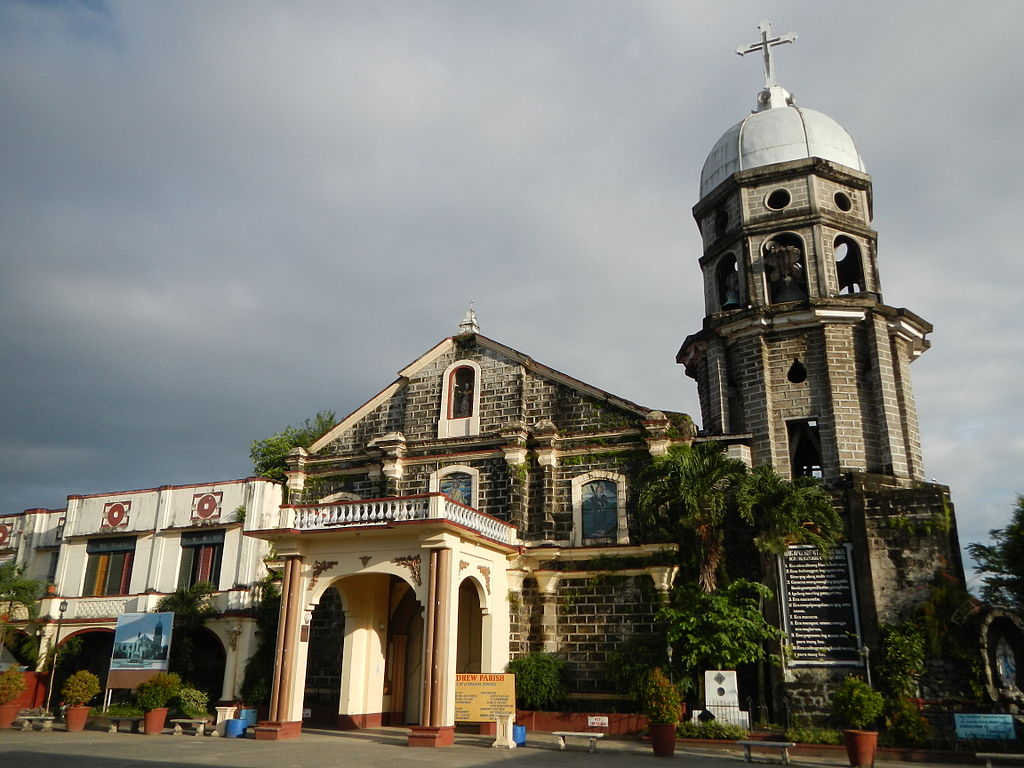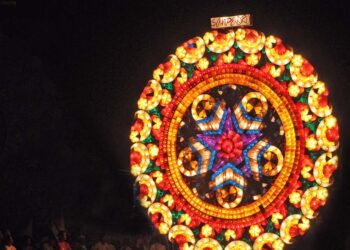The Municipality of Candaba is also widely known by its previous name “Candawe,” which is derived from a place near the sitio of Calumanas in Candaba. The word Candawe is abbreviated to the word Candaba.
The nearby town of San Miguel (San Miguel de Mayumo) in the province of Bulacan was once included in the Municipality of Candaba, after which San Miguel became a municipality.
The Municipality of Candaba is subdivided into three regions, the Tagalog Region consists of the southern portion of Candaba, which was a border between Candaba and Baliuag and San Ildefonso, next is the Poblacion Region to the western part of Candaba, which borders Sta Ana, and next is the Kapampangan Region to the eastern area of Candava, which boundaries San Miguel.
History
Candaba is considered one of the earliest towns during the pre-Hispanic period, even before the ‘Encomienderos’ inhabited the town in 1593, is what is known as Candaba. There is not enough information before that time aside from existing proof that the Candabeños had their own culture, trade, and businesses, which were mostly agricultural farming and fishing.
According to Dr. Juan P. Gatbonton, one of the more well-informed chroniclers of the municipality, Candaba got its name from Candawe, a name of a place nearby to Sitio Culumanas in Candaba. Candawe was later corrupted by the Spanish derivative to Candaba.
One of the believed origins of the word Candaba is “Cang Daba” (or Brother of Daba). “Daba” refers to a large jar used and placed by large fish and mixed with salt and rice to make a traditional Pampanga dish called buro (pickled fish). Also, overweight people were teased by comparing them to a ‘daba’ Before long, it came to pass that every out-of-townfolks purchasing fish and famed ‘buru’ (pickled fish) was almost habitually called to as Cang Daba. The municipality, later on, came to be called Candaba.
Barangay
The Municipality of Candaba is subdivided into 33 barangays.
| Bahay Pare | Bambang | Barangca | Barit | Buas (Poblacion) |
| Cuayang Bugtong | Dalayap | Dulong Ilog | Gulap | Lanang |
| Lourdes | Magumbali | Mandasig | Mandili | Mangga |
| Mapaniqui | Paligui | Pangclara | Pansinao | Paralaya (Poblacion) |
| Pasig | Pescadores (Poblacion) | Pulong Gubat | Pulong Palazan | Salapungan |
| San Agustin (Poblacion) | Santo Rosario | Tagulod | Talang | Tenejero |
| Vizal San Pablo | Vizal Santo Cristo | Vital Santo Niño |
Festivals
Ibon-Ebun (Birds-Eggs) Festival
The Ibon-Ebun Festival (Birds and Eggs Festival), which occurred every 1st and 2nd of, is one of the important festivals celebrated in Pampanga that has been running successfully since 1998. This festivity is dedicated to the well-known Candaba Swamp, which functions as a haven for approximately 14,000 migratory birds (nearly 40 species of birds) that flock each year and travel to different parts of the world.
Landmark and Attraction
Candaba Swamps
The Candaba Swamp and others called it “Candaba Wetlands,” is a significant staging and wintering zone for ducks and further endangered waterbirds and birds.
The wetland is shared by four municipalities in Pampanga and one town in Nueva Ecija. These are the Municipalities of Arayat, San Luis, Santa Ana, and Candaba in Pampanga and Cabiao town in Nueva Ecija.
San Andres Apostol Parish Church
The San Andres Apostol Parish Church, frequently pertained by Locals as Candaba Church, was built on May 3, 1575, and was connected to the convent of Calumpit located in Bulacan. The church was once used as a school “Estudio de Gramatica” before a verdict was completed to allocate the church to the convent of Lubao.
The church also became the sanctuary of philosophy students from the San Agustin Monastery in Manila in 1762 during the British colonization. It used to be the missionary center of the Augustinian Friars in addressing the Catholic faith to every household in Arayat and Santa Ana.
References:
* https://climatechange.searca.org/news/harvested/philippines/saving-candaba-swamp
* https://en.wikipedia.org/wiki/Candaba
* https://www.pampanga.gov.ph/index.php/shopping/149-capitol/districts/district-iv/candaba/265-municipality-of-candaba.html
* https://pampanga.gov.ph/index.php/about-pampanga-2/189-capitol/tourism/municipality/311-candaba.html?font-size=larger
* http://dictionary.sensagent.com/Candaba,%20Pampanga/en-en/
* https://en.wikipedia.org/wiki/San_Andres_Apostol_Church_(Candaba)
*For corrections or commentaries, please email us at whereinpampanga@gmail.com



















